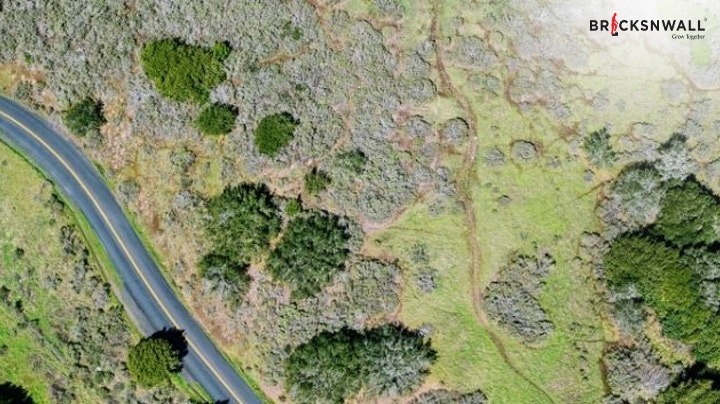What is Khasra, Khatauni Number?
Koheli

In Indian land revenue records, the phrases
khasra and khatauni numbers are employed. These numbers aid in locating and
keeping track of a specific piece of land's land records. For each landowner,
the Khasra and Khatauni numbers are vital records since they support the
assertion of possession.
Khasra Number
An individual parcel of land is given a
Khasra number, a distinctive identification number, in rural areas of India.
Essential information for the landowner is the Khasra number, which is used to
identify the property in revenue records. Every plot of land in a hamlet or
town is usually assigned a 10-digit Khasra number. Identification of a
particular piece of land's location, size, and ownership is made more
accessible with the aid of the Khasra number.
Khatauni Number
The Khatauni number, on the other hand, is a
record that details who owns a particular plot of land. A specific village or
town's land revenue records are kept up to date using the Khatauni number. The
owner's name, the size of the property, and the kind of crop raised there are
just a few of the information included in the Khatauni number. The Khatauni
number is also used to estimate the amount of money that must be given to the
landowner.
The process involved Khasra and
Khatauni Numbers.
The revenue division of the state government
is responsible for allocating Khasra and Khatauni numbers. These numbers are
assigned based on the land's location and area. The landowner can request the
Khasra and Khatauni numbers from the revenue department by providing the
required paperwork. It can take some time to receive the Khasra and Khatauni
numbers, so ensuring all the paperwork is in place is essential. For example, a
sale deed or gift deed must be presented by the landowner as evidence of ownership.
Also, the proprietor must present identification and residency documentation,
such as a passport or voter ID card.
The landowner can use the Khasra and Khatauni
numbers to demonstrate ownership of the property once they have been issued.
The Khasra and Khatauni numbers are crucial when requesting loans or selling
land. These figures aid in proving the accuracy of the land records and
preventing any fraudulent activity.
Some critical steps are:
Application: To get Khasra and Khatauni numbers, the landowner
must apply to the revenue division of the relevant state government. The facts
about the land, such as its location, size, and other pertinent information,
should be included in the application.
Verification of Documents: The revenue department will check the paperwork the
landowner has submitted, including ownership, identification, and address
confirmation. The documents will be examined for validity, and the process will
continue if genuine.
Measuring of the Land: Representatives from the revenue department will
inspect the property and gauge its measurements. They will also note any other
pertinent facts and other essential factors, such as the location of the land
and its boundaries.
Khasra and Khatauni Numbers: The revenue agency will give the landowner Khasra and
Khatauni numbers based on the land measurement and other information. The
Khatauni number holds information about the ownership of the land. In contrast,
the Khasra number is used to identify the land in revenue records.
Updating Records: The revenue department will
update and maintain the land records after the Khasra and Khatauni numbers are
granted. The landowner can use the Khasra and Khatauni numbers to demonstrate
their property ownership and for other tasks, including loan applications, land
sales, etc.
Conclusion
In conclusion, Khasra and Khatauni numbers are crucial legal records for Indian landowners. These numbers aid in locating and keeping track of a specific piece of land's land records. The Khatauni number holds information about the ownership of the land. In contrast, the Khasra number is used to identify the land in revenue records. The landowner can request the Khasra and Khatauni numbers from the revenue department by providing the required paperwork. These figures help demonstrate the integrity of the land records and are crucial when seeking loans or selling the land.




